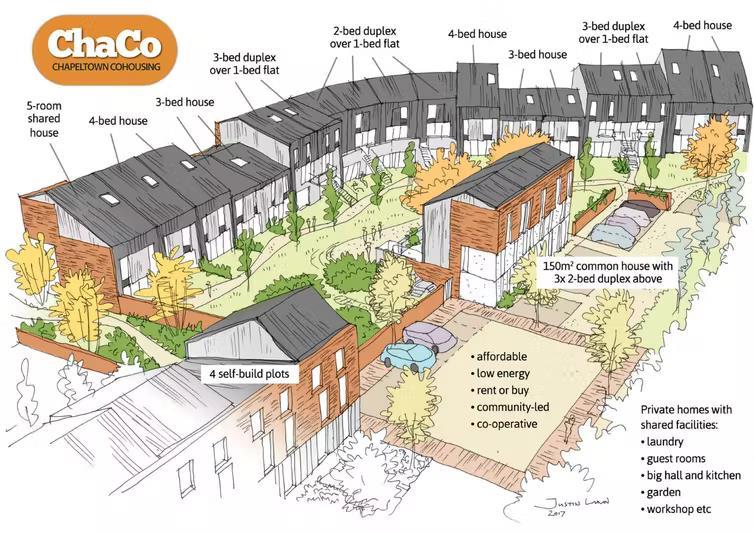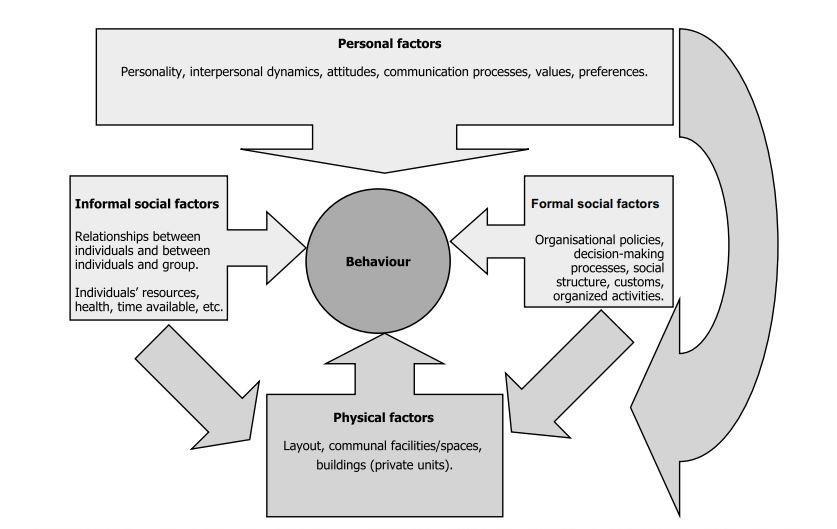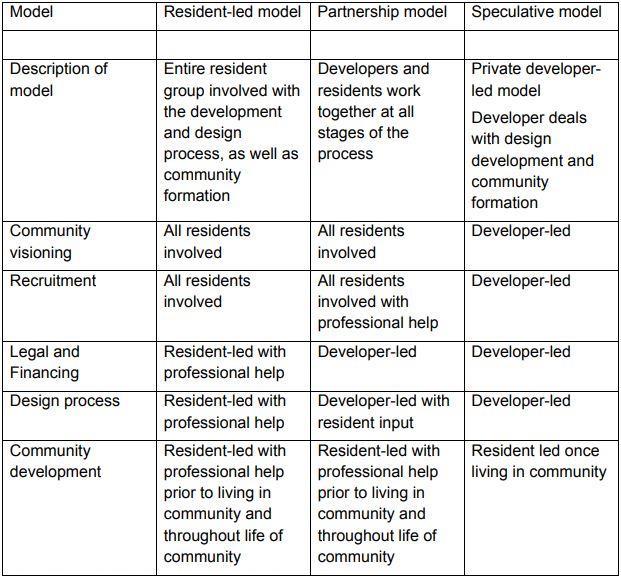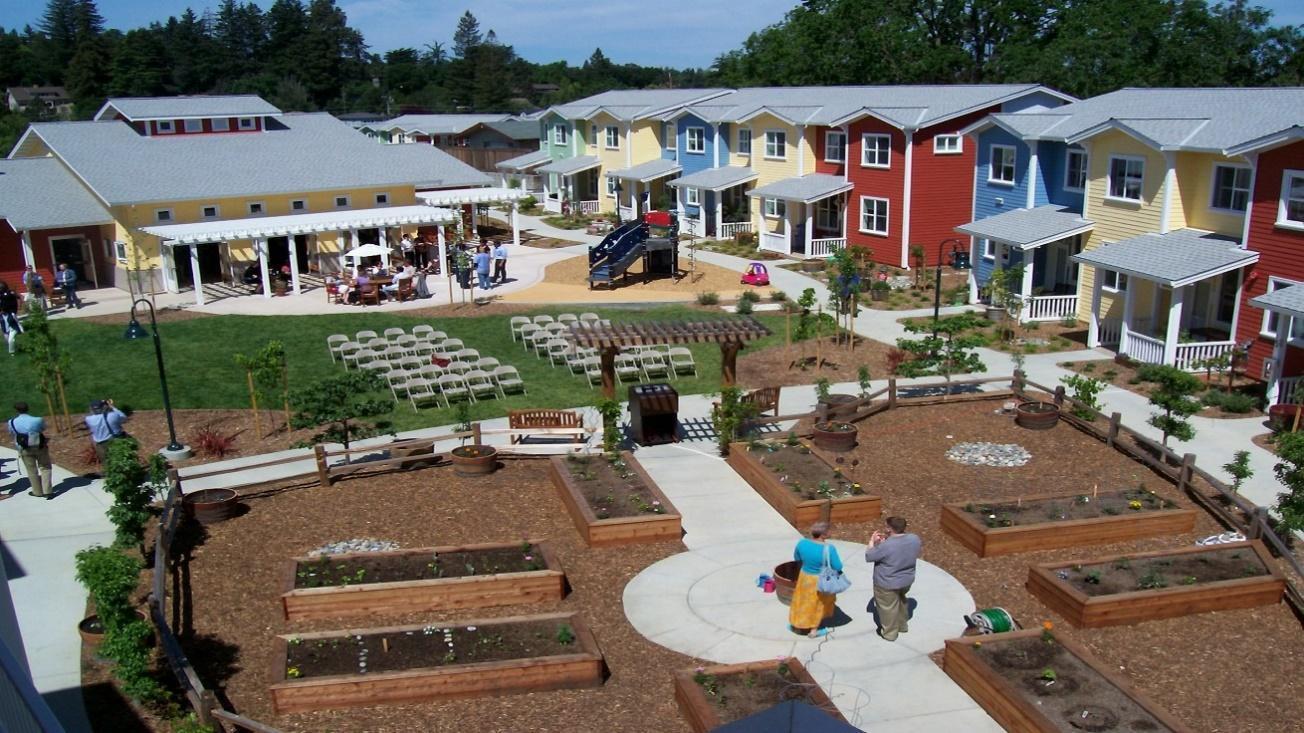
4 minute read
2. LITERATURE REVIEW
2.1. HISTORY
Cohousing has a significant history and has experienced different stages. These phases were mainly influenced by the people who want to live in that specific area regularly.
Advertisement
Utopian communities
The book "Utopia" was written by English author Thomas More in 1516. This is one of the first texts to describe good human settlements. The perfect location is described as a one-of-a-kind restaurant and leisure facility. Although European utopian societies were not as rich as those in the United States, industrial growth created a concept of equality in which citizens could work and live in harmony (Vestbro, 2010).
An industrial revolution began in England toward the close of the eighteenth century. Even though productivity was high due to an increase in mill workers, mill owners did not overlook working conditions or workers (New Lanark-Robert Owen Museum, 2016). Toward the end of the 18th century, an industrial revolution occurred in England. Despite increased output due to an increase in mill workers, mill owners did not overlook working conditions or workers (New Lanark-Robert Owen Museum, 2016).
Contrary to popular belief, industrialist Robert Owen, who assumed leadership of the New Lanark industrial town, was sympathetic to the concerns of employees and strove to improve the working and living conditions. This was owing to his idea that circumstances shape human character, and hence better conditions can lead to more beauty and production (Bloy, 2016). The atmosphere of New Lanark reflects a concept of living and working with respected social organizations to improve the individual's social well-being.
Another movement, the Familistere, was launched by a French manufacturer and social crusader Jean Andre Baptiste Godin in the nineteenth century. In northern France, he was constructing a vast factory, courtyards, and housing quarters for all of the families, all of which were united by a large glass wall (Vestbro, 2010). The goal was also to provide services that allowed employees to collaborate and live in a well-developed environment.
2.2. COHOUSING
Charles Durrett and Kathryn McCamant introduced the term ‘cohousing’ in their book, 1984. Therefore, this can be a group, a partnership, a partnership, or a community, so the merger can be seen in a very broad context. Collaboration is an official name; it is a form of ownership and can be a form of merger. Living together can be collaborative, participatory, or community. Although current literature on coexistence confuses co-operative houses, cohousing is a general concept of living together. Cooperative housing does not always imply living together; it might be single-family homes with no communal or shared areas, and some communities do not allow apartment ownership. Collective housing, on the other hand, may refer to housing that is based on interdependence, whereas public housing can be defined as a community that is primarily motivated by the development of a sense of community.
The term “cohousing" is derived from “cooperative housing" and refers to a type of housing that may provide a solution to the dwelling crisis. A new shared living concept aims to foster meaningful relationships, social networking, and energy-saving strategies. In the 1960s, Denmark was the birthplace of socialism. It became the first attempt in Denmark and the Netherlands to achieve social cohesion and brotherly love. Cohousing formations were later found in Sweden, the Netherlands,
Denmark, the United Kingdom, and the North. With the aid of residing together, citizens are devoted to dwelling together as a community and reaping the blessings of a supportive verbal exchange network.
Basic social situations are established (a) with the assistance of logic; (b) a framework for participating in community procedures; (c) access to private and public offerings; (d) the size of the organization to aid social change; and (e) self-law and self-regulation. are recommended to participate in the creation of a virtual building, website making plans, sharing sources, and the management of their residences.

The principal motive of uniting groups is to reduce housing fees, together with hire, automobile ownership, and electricity use. Its objectives are to create a “friendly environment” to redefine the relationships among neighbouring units. By staying close to the "public space" yet maintaining privacy and independence. Cohousing communities are entirely founded on a common vision, not just on the most efficient resources and sources, but also on systems, decision-making procedures, and preexisting abilities.
Besides the social experience, residents in cohousing communities have interaction with the environment. Bioenergy healing systems, compost, and solar energy are examples of sustainable innovations that can be officially introduced to the community. People are influenced to live a greener, healthier lifestyle by the co-housing model. Planting vegetables and fruits on-site, for example, might help feed the community while also nourishing the soil and reducing environmental impact.
Enhanced neighbourhood interactions provide a social benefit, potentially saving costs and minimizing consequences while also improving people's lifestyles and perspectives. Individuals can think beyond themselves, to consider their impact on a wider environment and the community.

The communal facilities and structure encourage resource sharing, from carpooling and shared washing machines to bulk food purchases for communal and individual meals, as well as the sharing of gardening and building maintenance tools. These practices, in addition to fruit and vegetable gardening, composting, rainwater collection, "green roof" construction, and waste sorting, inspire cohousing residents to live sustainably and creatively, not only create a lovely living environment but also to make the most of the site while minimizing their environmental impact. As a result, co-housing has a huge potential to contribute to the long-term development of the neighbourhood, i.e., making it more liveable while keeping housing costs low.
In terms of its citizens' financial capacities, India's social model is that, given current conditions, living together as a model will be more effective when dealing with low-income organizations than with financially deprived people. This is because consolidation consumes a significant number of financial resources and borrowing power. However, as it can cost about 15-20% less than a similar improved house built with the same standards, it is called the affordable housing model.





